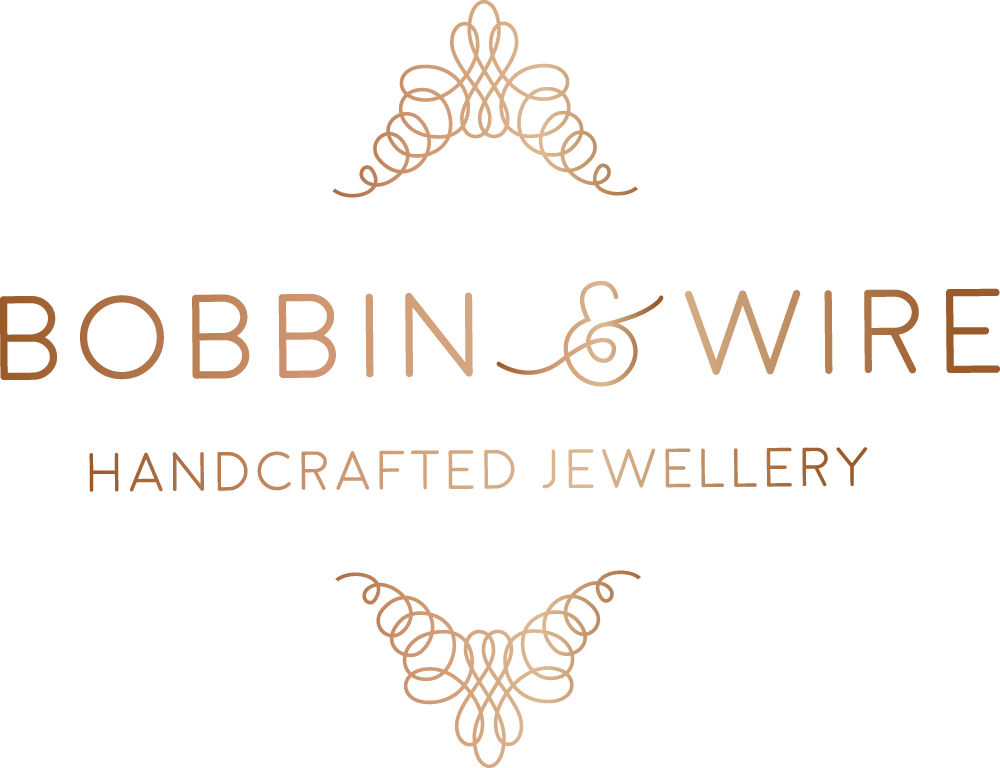The dictionary definition of lace is that "it is a fine open fabric of cotton or silk, made by looping, twisting or knitting threads in patterns and used especially for trimming garments."
Whilst technically this might describe what lace is, it is so much more than this. Its a beautiful fabric and can be made using various techniques; needle lace, bobbin lace, knitting, crochet, open work, netting and tatting to name just a few. I love the process of making bobbin lace.
In 2015 the Heritage Craft Association (HCA) researched the state of crafts in the UK and using a conservation status system agreed with the International Union for Conservation of Nature Red List and the Rare Breeds Survival Trust Watchlist, a system of four categories of risk to assess the viability of heritage crafts. A heritage craft is considered to be viable if there are sufficient craftspeople to transmit the craft skills to the next generation.
Extinct
Critically Endangered
Endangered
Viable
Luckily Lace Crafts classified as ‘currently viable’ are those which are in a healthy state and have sufficient craftspeople to transmit the craft skills to the next generation. They may include crafts with a large market share, widely popular crafts, or crafts with a strong local presence. A classification of ‘currently viable’ does not mean that the craft is risk-free or without issues affecting its future sustainability/viability.
The HCA;s definition of Lace making is "The making of an openwork fabric by the manipulation of a single thread (needlelace) or multiple threads (bobbin lace) by hand."
